Big tech companies shape almost every part of our daily lives. From the devices in our pockets to the software that runs the world’s biggest businesses, these firms set the pace for the global economy. In 2025, the leaders in technology aren’t just topping revenue charts—they offer some of the highest salaries and control huge chunks of key markets.
This list puts the spotlight on the ten biggest tech companies to watch this year. You’ll get a clear look at their earnings, average pay, and market reach, backed by current data you can trust. Whether you’re looking for business growth, a new job, or you just want to keep up with the industry’s front-runners, this guide puts the numbers and facts you need all in one spot.
Methodology: How We Ranked the Top Technology Companies
To give you a reliable look at the top technology companies for 2025, we built our ranking on clear, measurable data. Each company on our list stands out for its size, pay, and influence in the market. We broke down the process so you can trust what you’re reading—and know exactly how each company earned its spot.
The Four Core Ranking Factors
We didn’t just pick the biggest names. Every company was reviewed across these four points:
Revenue: We measured total worldwide revenue for fiscal year 2024. Raw size matters in tech, and revenue shows how much business a company really does.
Employee Salaries: Average annual pay for tech employees in the company’s home market gives a real-world view of pay standards.
Market Capitalization: We used current market values, as of Q2 2025, to see which companies hold the most weight on the stock market.
Market Share: Each company’s grip on its main business segments—like cloud services, phones, or software—shows command over its space.
This mix let us compare companies across regions and specialties, leveling the playing field so heavyweights and fast risers get fair consideration.
Sourcing and Data Verification
Trustworthy rankings need solid facts. That’s why we sourced data from places like:
Financial disclosures and annual reports
Verified third-party salary studies, including Glassdoor and PayScale
Up-to-date market capitalization figures from the New York Stock Exchange, NASDAQ, and global indices
Market share data from research firms such as Statista, Gartner, and IDC
We cross-checked numbers from at least two sources before including them. If figures didn’t line up, we used the most commonly cited number or averaged trusted estimates. This keeps our ranking as accurate as possible.
Diversity Across Tech Sectors
The word “technology” covers much more than just one industry. Our list spans different tech areas to show the field’s full spread:
Hardware: Makers of laptops, chips, devices, and networking gear
Software: Cloud platforms, business apps, operating systems, and cybersecurity
Services: IT support, consulting, e-commerce, and subscription platforms
By including companies from all these areas, our list reflects both the scale and variety shaping technology today. This approach sorts the titans from the contenders without leaving anyone out.
With this system, you get a transparent ranking based on what matters most: real results, trusted data, and broad coverage across the sector.
In-Depth Profiles: The Top 10 Technology Companies in 2025
This section breaks down the stories behind each tech titan on the list. Below, you’ll find hard numbers, salary insights, market share stats, and what each company has been doing lately to stay on top. Whether you’re checking for job prospects or tracking industry trends, these profiles go straight to the essentials.
Apple Inc.

Apple holds a tight grip on both premium hardware and services in 2025. The company’s revenue for the last fiscal year landed just above $410 billion, driven by iPhone sales, Mac upgrades, and the booming Apple Services segment. Employees at Apple enjoy some of the highest average salaries in tech, with software engineers regularly earning around $180,000–$220,000 per year in the U.S.
On the market, Apple still leads global device sales—with around 55% share in the premium smartphone space—and remains strong in wearables, digital payments, and personal computers. In the past year, Apple launched the next-generation Vision Pro, expanding its AR/VR presence. Its recent move to bring more AI features directly to devices has solidified its spot against rivals pushing cloud-based AI.
Microsoft Corporation

Microsoft continues to grow at a steady pace, reporting annual revenue of $245 billion for 2025. Salaries are generous—experienced engineers often make $160,000–$200,000 plus stock grants. Microsoft is still the number one player in cloud infrastructure (Azure) and leads in workplace software with Microsoft 365.
Key to Microsoft’s success has been its shift to AI-driven cloud platforms and deeper integration across business products. The company’s approach combines pushing new features for Teams and Office with more investments in cybersecurity and automation tools. By leaning into these areas, Microsoft stays ahead in the business software race and keeps growing its cloud and recurring revenue base year after year.
Alphabet Inc. (Google)

Alphabet’s 2025 story focuses on three pillars: search, cloud, and artificial intelligence. With yearly revenue over $330 billion, Google’s biggest slice still comes from search ads, but its cloud business has grown to around 15% of the total. Alphabet pays well; most tech roles command $170,000–$210,000 with strong benefits.
Alphabet keeps winning on market share in search (holding more than 85% worldwide) and YouTube remains a powerhouse for digital video. Google Cloud, bolstered by recent AI and cybersecurity additions, has closed the gap with its larger rivals. Recent efforts include the next wave of Gemini AI products and new consumer hardware designed to connect even more users to the Google ecosystem.
Amazon.com, Inc.

Amazon’s reach goes way past online shopping. In 2025, it brought in about $620 billion in revenue. The company’s split: ecommerce, Amazon Web Services (AWS), and Prime. AWS takes in over a third of global cloud revenues and keeps margins high. Warehouse jobs come in at around $20–$25 per hour, while AWS engineers can expect $160,000–$210,000.
Ecommerce growth has slowed, but Prime subscriptions and ads keep profits up. Amazon also launched more in-house brands and same-day delivery in new markets. AWS keeps launching industry-focused cloud solutions, holding a strong 32% share of the cloud market—good enough to keep Microsoft and Google on their toes.
Samsung Electronics

Samsung remains the world leader in smartphone shipments and dominates the semiconductor supply chain. In 2025, Samsung earned nearly $240 billion in revenue, with big gains from memory chips and displays. Tech employees in Korea and the U.S. see average salaries ranging from $90,000–$140,000 for engineering roles.
Samsung holds nearly 20% of global smartphone shipments and supplies critical chips to most major device makers. Its 2025 push focused on folding phones, next-gen TVs, and heavy investment in chip R&D, now topping $22 billion a year. Samsung’s scale and manufacturing edge keep it central to both the device and component markets.
Tencent Holdings Ltd.
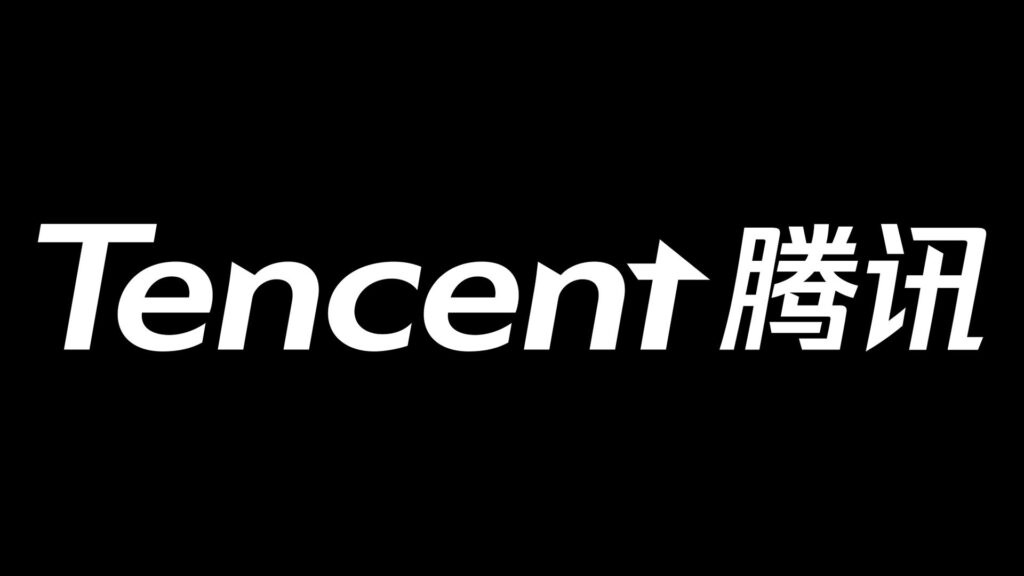
Tencent continues to rule in digital services across Asia, pulling in around $95 billion in revenue this year. The company leads in gaming, social networks (WeChat), and online payments. Tencent employees in China see typical tech salaries in the ¥300,000–¥700,000 range (about $45,000–$105,000), with stock grants for senior staff.
Tencent’s influence stretches far beyond China, with global interests in online gaming, streaming, and digital finance. Its 2025 highlights include launching new AAA game titles and rolling out advanced AI to boost WeChat’s business tools. Tencent’s reach in Asia’s digital economy is nearly unmatched thanks to its massive user base.
Meta Platforms, Inc. (Facebook)
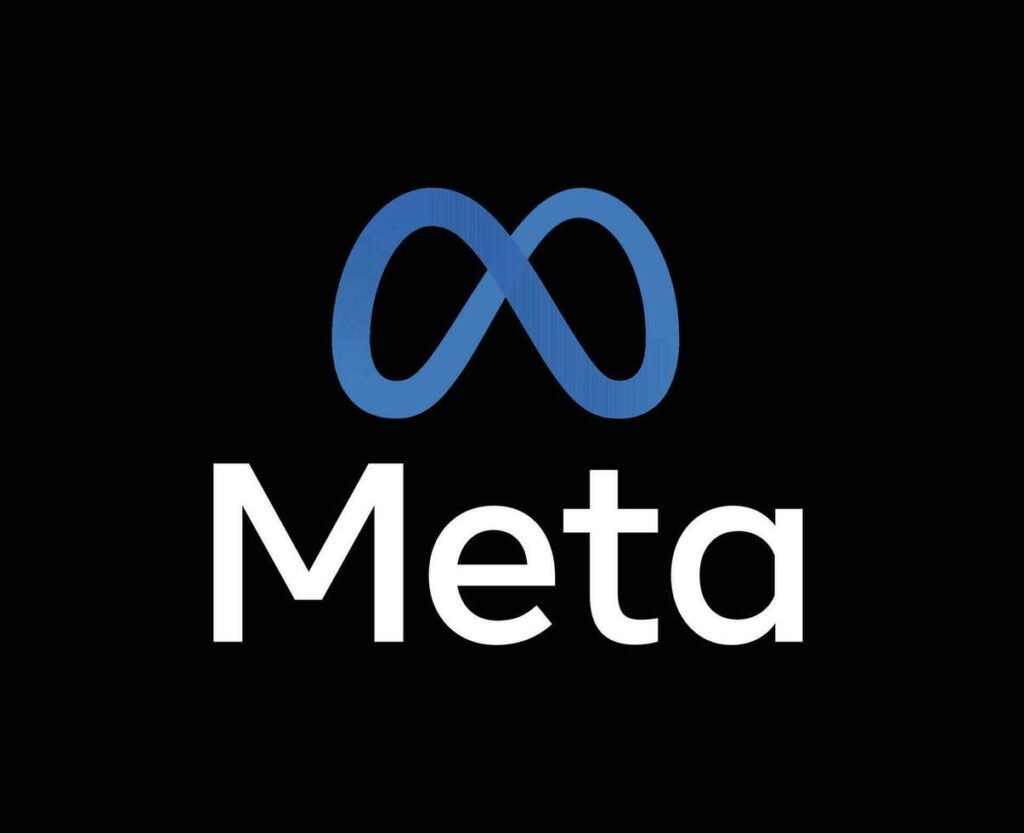
Meta keeps investing heavily in AR and VR, but Facebook and Instagram are still the cash cows. 2025 revenues topped $155 billion, mostly from digital ads. Tech salaries at Meta remain high: experienced engineers typically earn $170,000–$230,000.
Meta leads global social media, with about 2.9 billion users on Facebook and top market share in social platforms. Meta’s Reality Labs division now powers a new line of lightweight VR headsets and AR glasses aimed at everyday users. The company is also growing its ad revenue from WhatsApp and working to stay ahead in virtual collaboration tools as remote work continues.
TSMC (Taiwan Semiconductor Manufacturing Company)
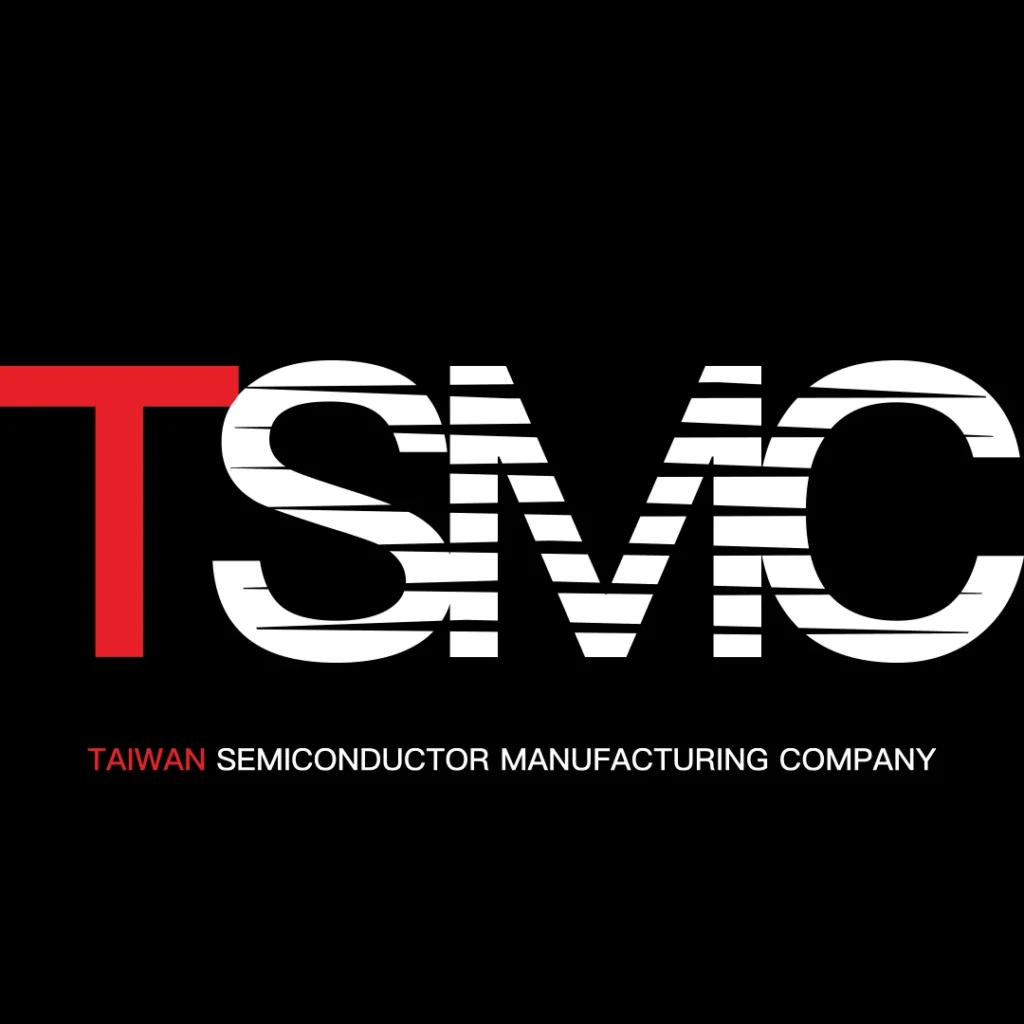
TSMC stands as the backbone of global chip production, pulling $98 billion in 2025 revenue. Its engineers are in high demand, with salaries averaging NT$2 million–NT$2.8 million ($65,000–$90,000 USD) plus bonuses.
TSMC supplies chips for nearly 60% of the world’s advanced foundry production, supporting everything from AI servers to the latest smartphones. This year, the company announced new joint ventures with automakers and AI firms, broadening its client base. Increased R&D and a focus on 2nm chip technology help TSMC stay ahead as others try to catch up.
IBM (International Business Machines)

IBM fully shifted to hybrid cloud and AI services, ending 2025 with $66 billion in revenue. Average salary ranges for U.S. tech staff run $120,000–$180,000 depending on role and region.
IBM’s focus is clear: help big businesses modernize with hybrid cloud, data analytics, and enterprise AI. The company’s Red Hat unit continues to boost cloud sales, giving IBM a stronger mix against cloud-first rivals. IBM’s new AI-platform-as-a-service and multi-cloud tools set it apart for clients managing complex systems.
Oracle Corporation
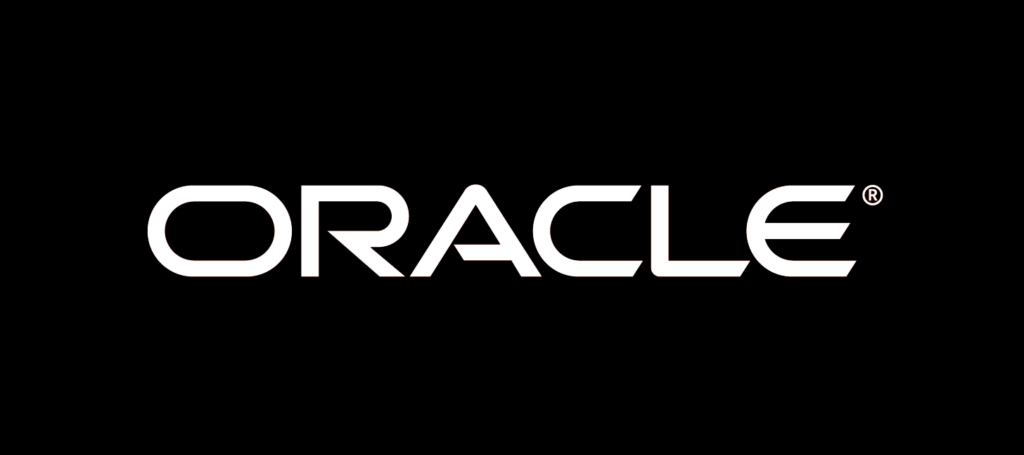
Oracle’s cloud business is its clear growth engine this year, with total revenue at $56 billion. Engineers here typically earn around $130,000–$170,000, with additional stock bonuses for U.S. roles.
Oracle dominates in enterprise databases and now takes a bigger slice of the cloud market thanks to aggressive expansion of Oracle Cloud Infrastructure (OCI). Their focus has been rolling out new AI-powered analytics, automation tools, and growing health-tech partnerships. Oracle’s steady profits come from large, locked-in enterprise deals that keep revenue predictable.
Sony Corporation
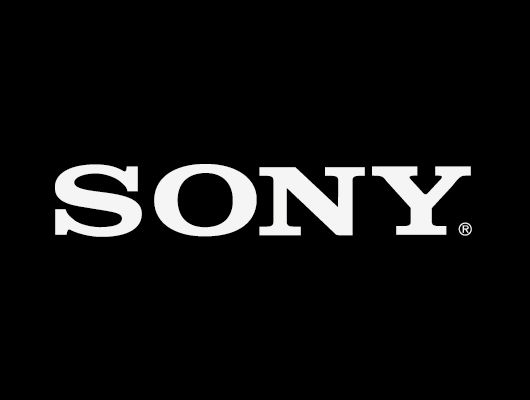
Sony drives revenue from several pillars: PlayStation, movies, music, and consumer electronics. In 2025, Sony posted $88 billion in revenue. Tech and creative talent for Sony in the U.S. and Japan typically see salaries between $90,000–$150,000.
PlayStation 6 sealed Sony’s dominance in the gaming console market, and its entertainment arms delivered blockbuster movies and chart-topping music. Sony also holds top spots in camera sensors and home audio gear. Continued success across entertainment, devices, and technology R&D keeps Sony’s global brand powerful and far-reaching.

